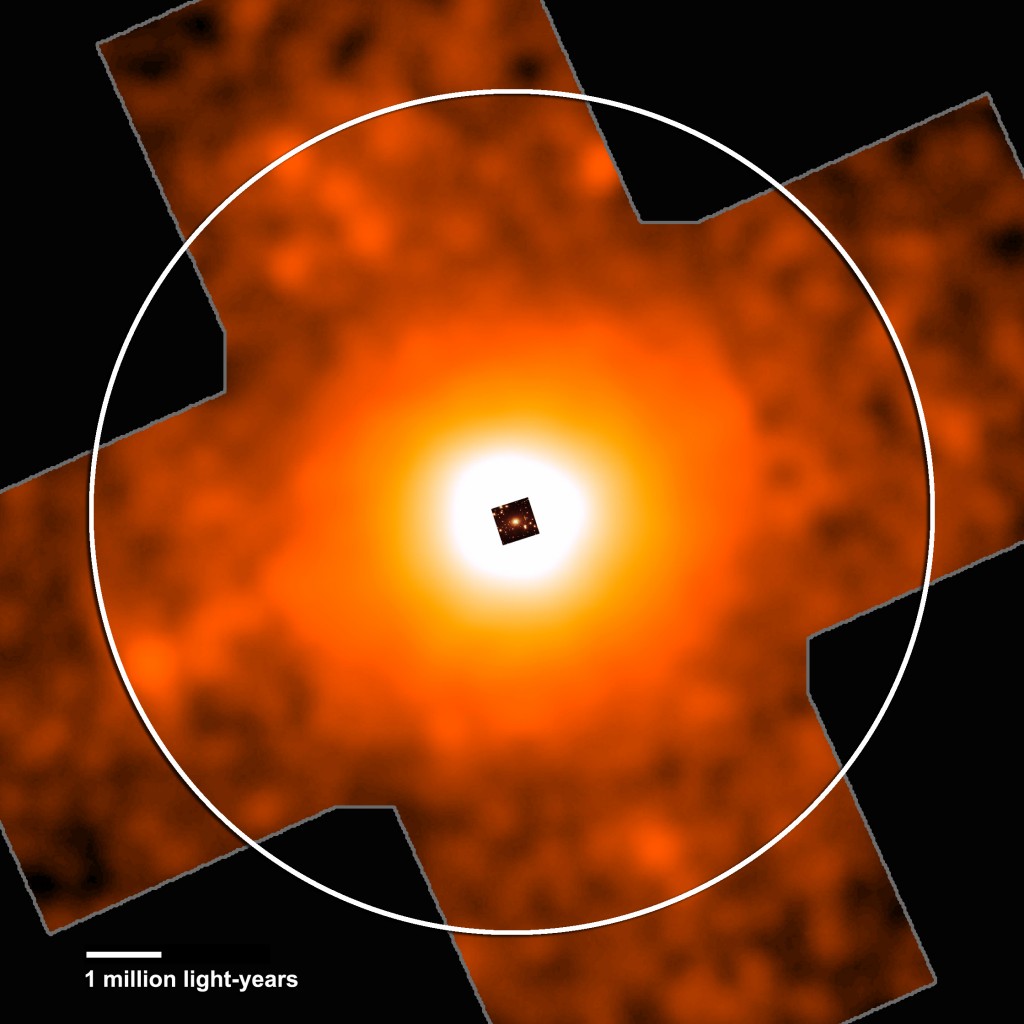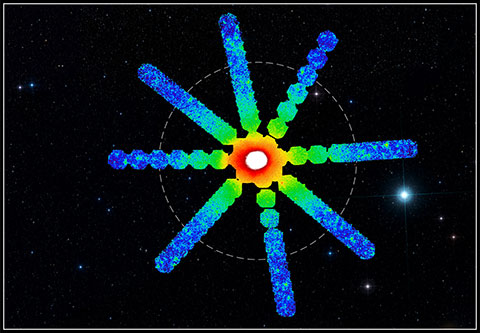The Learning Curve
- By Koji Mukai
- July 10, 2015
- Comments Off on The Learning Curve
Japan has established a strong presence in X-ray astronomy ever since the successful launch of the Hakucho satellite in 1979. Hakucho was followed by Tenma (launched in 1983), Ginga (1987), ASCA (1993), and Suzaku (2005), with the last three in collaboration with international (notably US) partners.
Suzaku was designed to have a nominal mission lifetime of 2 years, although the team was hoping for 5 or more years; in reality, July 10, 2015 is the 10th anniversary of its launch. Unfortunately, any celebrations are muted, as the spacecraft is currently not making astronomical observations. Communication with Suzaku became intermittent on or around June 1, and the team is using the limited windows to restore full communication. The ultimate cause is likely to be insufficient electrical power. In the harsh environment of space, both the solar panels and the batteries have degraded over the years, and the satellite has been operating with very little power margin for the last few years. The team in Japan are still trying to regain normal operation – so stay tuned.
This is an example of heartaches that you experience when you work for a satellite project. Instead of dwelling on it, though, I’d like to use this occasion to celebrate Suzaku. There will be a separate, more science-oriented, celebration of Suzaku on the Imagine the Universe! website. This blog is also about the science, to some extent, but more from a history-of-science-in-the-making kind of viewpoint.
When a mission is being designed, people who want to use the proposed satellite and people who design and build the instruments talk to each other. It could start by asking: “This is the measurement we really want to make; what technology do we need to make that happen?” Or it might come the other way: “Here is a nifty new technology that can do such and such; what interesting scientific problems can we tackle with such a device?” Of course, it’s a conversation that goes both ways, and the amount of resources available plays a bigger role in deciding the final design than either the observer or the instrument builder would like. That is to say, by the time an astronomy satellite is launched, people already know some obvious areas, some obvious ways to use the observatory, to discover or understand something that wasn’t possible before.
But that’s not always the case. Looking back now at the body of research based on Suzaku observations, one lasting legacy of Suzaku will be in the study of outskirts of clusters of galaxies using the X-ray Imaging Spectrometer (XIS). It was not until perhaps 5 years into the mission that this became a major focus of Suzaku. The fact that Suzaku XIS is uniquely suited to this study appears not to have been widely appreciated for the first few years of the mission.
In visible light, clusters of galaxies look like collections of individual galaxies. We now know, however, that the galaxies are held together by the combined gravity of normal and dark matter, the latter outweighing the former by a factor of 5 or so. Not only that, most of the normal matter is in the form of hot, X-ray emitting gas, spread in and around these galaxies. This general picture had been well known for several decades by the time Suzaku was launched, and scientists were making detailed observations of these X-ray emissions from clusters of galaxies using Chandra and XMM-Newton, both launched in 1999.
But these studies concentrated on the central part of the clusters, where the density is high and the X-ray glow is the most intense. Neither Chandra or XMM-Newton had the sensitivity to study the outer regions, where the X-ray glow is far less intense. Typical Chandra and XMM-Newton studies were limited to about 30% of the clusters by volume. Well, have you heard the story of a guy who is looking for his key under a street light, not because that’s where he lost it, but because that’s where he can search?
For faint, point-like sources of X-rays on the sky, Chandra and XMM-Newton are both far more sensitive than Suzaku. But the same design choices make them less ideally suited to observe faint, diffuse glow of X-rays. Combined with the fact that Suzaku is in a low-Earth orbit which means it’s better shielded from cosmic ray particles that increase noise (Chandra and XMM-Newton are further away from Earth), Suzaku turns out to be the best instrument for studying the faint outskirts of clusters of galaxies.
Even with this advantage, it’s a difficult and time-consuming job to tease out the properties of the faint X-ray glow from the outskirts of clusters of galaxies, particularly when it had never been done before. It was in 2009, almost 4 years after the launch of mission, that one small group published a paper that was described as the “first complete X-ray view of a cluster.”

This Suzaku image shows X-ray emission from hot gas throughout the galaxy cluster PKS 0745-191. Brighter colors indicate greater X-ray emission. The circle is 11.2 million light-years across and marks the region where cold gas is now entering the cluster. Inset: A Hubble optical image of the cluster’s central galaxies is shown at the correct scale.
Credits: NASA/ISAS/Suzaku/M. George, et al.
Since then, several groups have learned and improved the observing strategy and analysis techniques, and quite a few major papers were written using the Suzaku data on the outer reaches of clusters of galaxies. I, for one, am glad that the productive period of Suzaku was long enough for the community to realize how good it was for this study and carry out many major studies using it.
Happy 10th anniversary, Suzaku!
[Editor’s note: We are still hoping for cake!]
More information:





